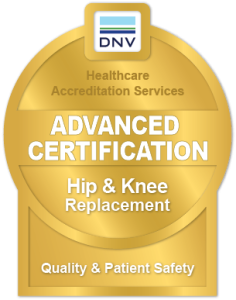
As your largest joint, your knee is critical to your mobility, from walking to playing your favorite sport. It acts as a hinge where your femur (thigh bone) and tibia (shin) meet, and is the most common site for injury among all your joints.
In addition to your femur and tibia, the patella (kneecap) completes the bony structure of your knee joint. Ideally the three bones glide smoothly against one another, thanks to two cartilage discs (medial and lateral menisci) that act as shock absorbers. Knee injuries can wear down these menisci, leaving the bones of your knee vulnerable to rubbing together to cause pain, inflammation, and stiffness. This effect is usually classified as osteoarthritis, the most common reason for knee replacement surgery.
Along with the medial and lateral meniscus, your knee joint is stabilized by four ligaments: the anterior cruciate ligament (ACL), lateral collateral ligament (LCL), medial collateral ligament (MCL), and the posterior cruciate ligament (PCL). Injuries to these ligaments can cause severe disruption to your knee function and require treatment or surgery.

